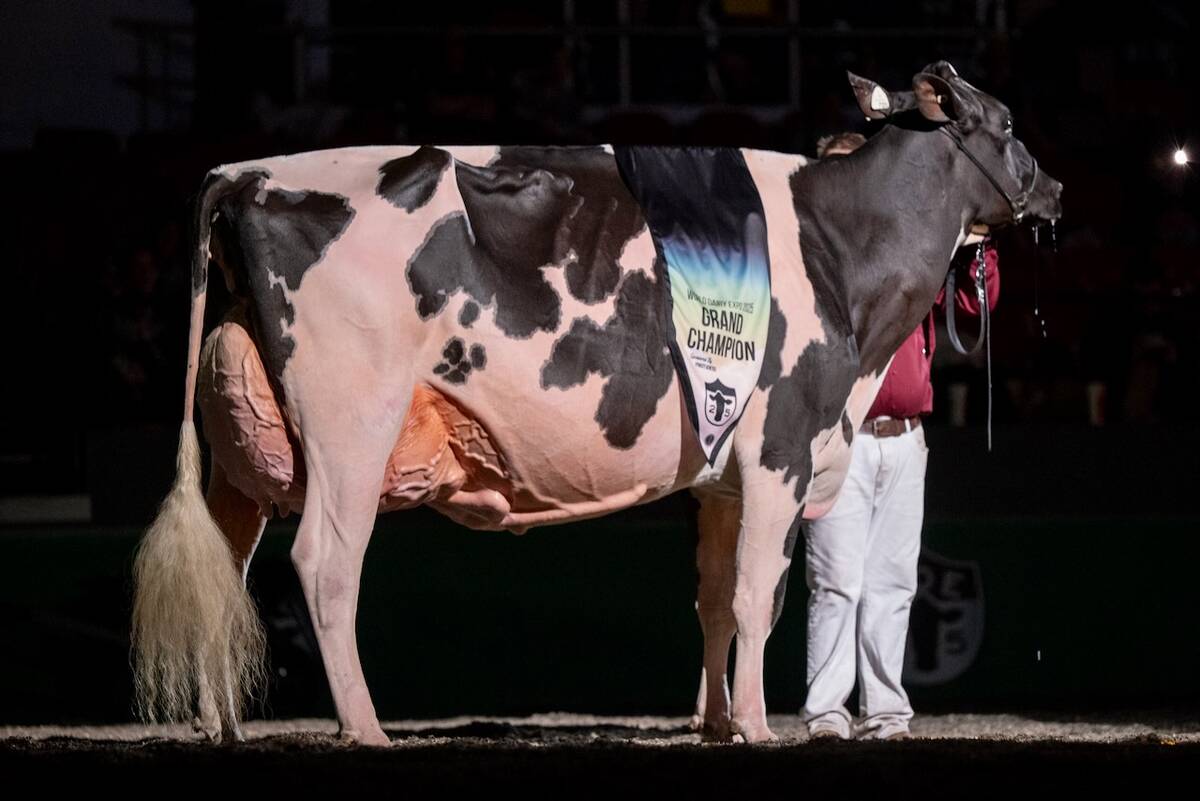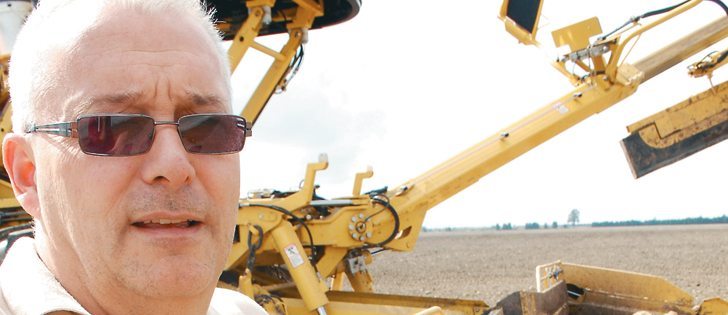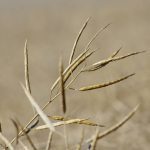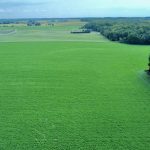This year’s late harvest left its mark on Saskatoon’s fall farm show.
“This year, anybody who’s showing, hats off to them because a lot of people aren’t done combining,” said Richard Mollenbeck of Englefeld, Sask., who raises purebred Shorthorns and was the breed representative at the Nov. 11-14 Fall Fair.
“They’ve had to have a crew at home and people here. It’s an added expense for some.”
Read Also

Canadian-bred cow wins World Dairy Expo Holstein show
A cow bred in Saskatchewan, Lovhill Sidekick Kandy Cane, is the Grand Champion Holstein at the 2025 World Dairy Expo.
The fair has played an important role in farm life in central and northern Saskatchewan’s for more than 40 years.
This year’s show featured 221 purebred cattle and 130 commercial entries, which Prairieland Park livestock manager Brenda Sapergia said was down by 25 percent from last year.
However, junior competitor and 4-H grooming numbers did not decline.
“Our numbers are down this year a bit again, but I think we’re at the point of rebuilding,” Mollenbeck said.
“We have a new facility here. People are getting used to it. With the new facility we’re hoping it will draw people back.… These shows are really important to have. If you ever lose a show, it’s pretty tough for it to come back.”
Mollenbeck said tough economic times felt in the beef industry also hurt attendance.
Angus producer Randy Tetzlaff of Viscount, Sask., has been showing for about seven years. He said cattle numbers may be down but overall animal quality is at its highest level.
He said the show is a good place to compare animals and prepare for Canadian Western Agribition in Regina.
“It’s exhausting, especially with a lot of us here doing the harvest thing wrapping up. It’s been crazy.”
Mollenbeck said beef producers are hoping their industry will turn around soon.
“There are no real indicators right now that I know of. It’s really hard to plan for some of these things.
“You do a lot of guessing and you look at the markets and you talk to your bankers. They have a pretty good grasp of what’s going on out there, too. You have to be an optimistic person to be in agriculture in general.”
Tetzlaff said producing quality animals is one way to survive hard times in the cattle business.















